Achilea millefolium is found in a variety of habitats from hedgerows and pasture to wasteground, thriving best on poorer soils. It grows from lowlands up to considerable altitudes. Gerard noted that it grew well in churcharyds and supposed it a reproach to the dead ‘who need never have come there if they had taken their Yarrow broth faithfully every day whilst living.’
It is used both for the subtle range of colours, from pure white, through soft pinks and vibrant reds to pink and lavender. Oranges, yellows and flowers that fade a second colour are also covered. The flower heads dry well for dried arrangements. They are excellent plants for the border, where they will flower twice if cut back and excel in xeriscapes. Longevity is increased on poorer drier soils. They tolerate mowing excellently. They are very hardy. Their main enemy is excessive winter wet.
The leaves of Achillea millefolium are strongly astringent and are considered excellent in helping to heal cuts made by steel. Clean cuts can find it hard to knit together. If the leaves of Achillea are chewed and then placed in the wound, the astringent qualities tighten the wound and then the rough nature provide a structure for the wound to heal across. In days when swords where the weapon of choice, soldiers would carry achillea as part of their standard kit, leading to common names such as Soldier’s Woundwort.
The Greeks named Achillea after Achilles, the legendary heroic warrior who they believed discovered the plants properties. The common name yarrow is derived from the Anglo-Saxon ‘gearwe’ the name of this plant. The specific epithet ‘millefolium’ or ‘thousand leaf’ refers to the much divided leaf.
Another common name, ‘Nosebleed’, could have two opposing derivations. By some it is said to be most effectives at staunching nosebleeds, yet by others it is said to induce bleeding from the nose, such as in the custom in Eastern Counties of divining your one true love by tickling the inside of the nose whilst reciting:
‘Yarroway, Yarroway, bear a white blow, If my love love me, my nose will bleed now.
Another way to forsee your fortunes in love is to place Yarrow beneath your pillow, wrapped in a flannel and recite before you retire:
‘Thou pretty herb of Venus’ tree, Thy true name it is yarrow, Now who my bosom friend must be, Pray tell thou me tomorrow.’
Your sleep will then bring you a vision of your future spouse.
There is a further history of Yarrow being used in the art of divination, the herb having a long association with the Devil.
Achillea millefolium ‘Rougham Salmon’. Yarrow, Yarroway, Milfoil, Devil’s Nettle, Devil’s Plaything, Bad Man’s Plaything, Old Man’s Pepper, Soldier’s Woundwort, Knight’ Milfoil, Herbe Militaris, Thousand Weed, Nose Bleed, Carpenter’s Weed, Bloodwort, Sanguinary, Staunchweed,
Achilleas belong to the Compositae.
The family Compositae comprises the daisies. Whilst you might look at the flower of a daisy and think you are looking at a single flower, what you are actually looking at is an inflorescence – a group of flowers. In daisies the flowerhead, or more rightly the capitulum, is a composite of two types of flowers. In the centre are the disc florets which are small, normally tubular and fertile. They produce the nectar that attracts insects and lead to the seeds. Outside these in a ring are the ray florets which are like flattened petals. These are colourful and have the job of getting the flowerhead noticed.


















































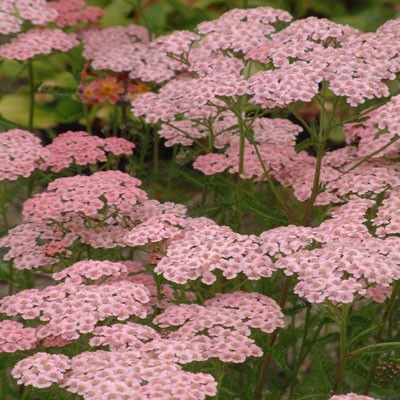


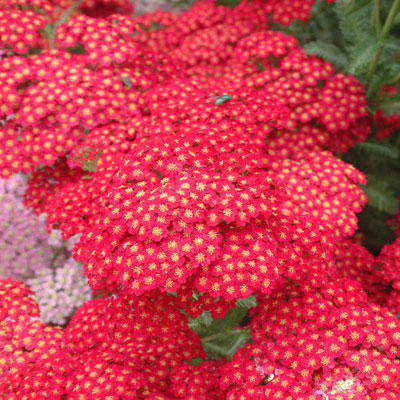
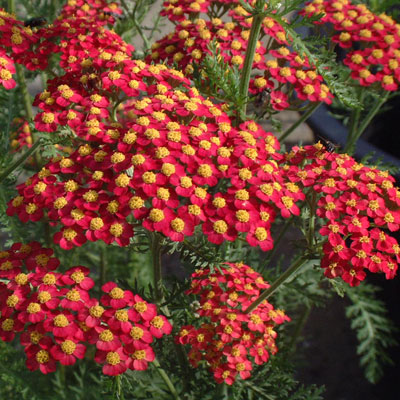
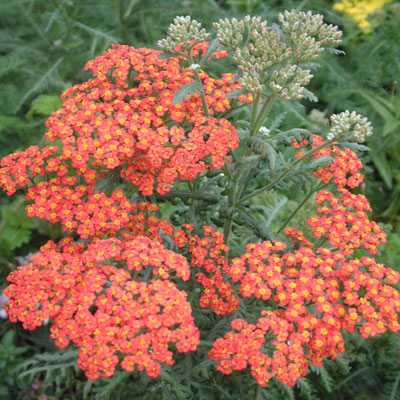
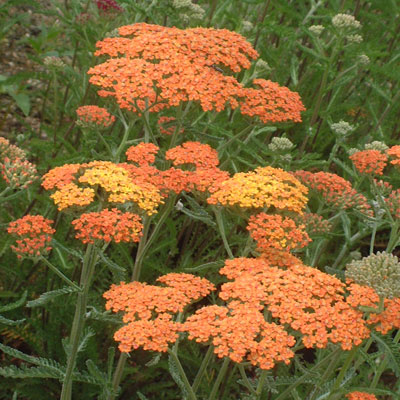


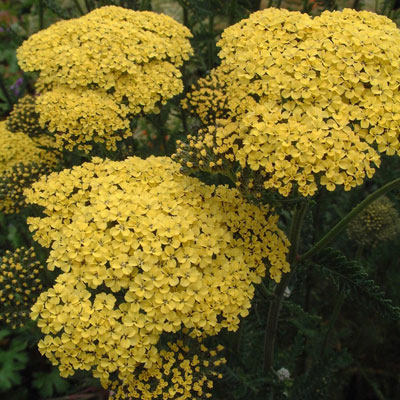
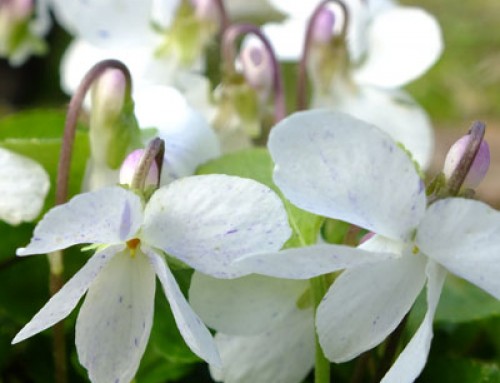

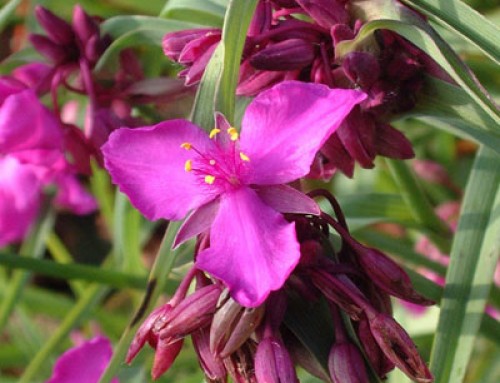
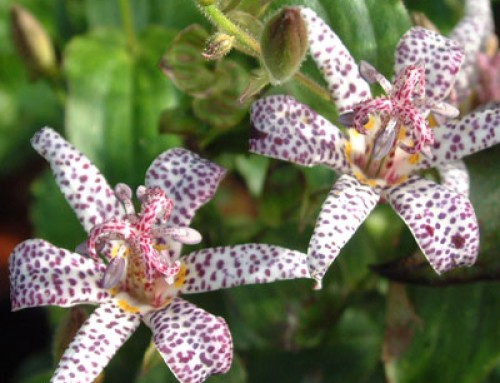
Leave A Comment
You must be logged in to post a comment.